Growing lime trees can be a rewarding endeavor for gardeners looking to add a citrus tree to their collection. These versatile trees not only provide delicious fruit but also add beauty and color to any landscape. One of the key factors to consider when planting a lime tree is its potential size, as this will determine its suitability for a particular space and influence its required care. So one might want to know how tall and wide a lime tree grows to before purchasing one.
Traditional varieties of lime trees can reach up to 20 feet tall, while dwarf varieties will grow to a more manageable 2 feet in height. The width of a lime tree can vary depending on the specific type, but generally, they can spread anywhere between 8 to 10 feet in width.
Understanding the growth patterns of lime trees can help gardeners choose the right variety for their space and ensure its proper care for healthy fruit production.
Lime Tree Basics
Lime trees are popular citrus fruit trees that can grow quite tall and wide, depending on the specific species and variety involved. This section will provide information on the different species and varieties of lime trees as well as their climate requirements.
Species and Varieties
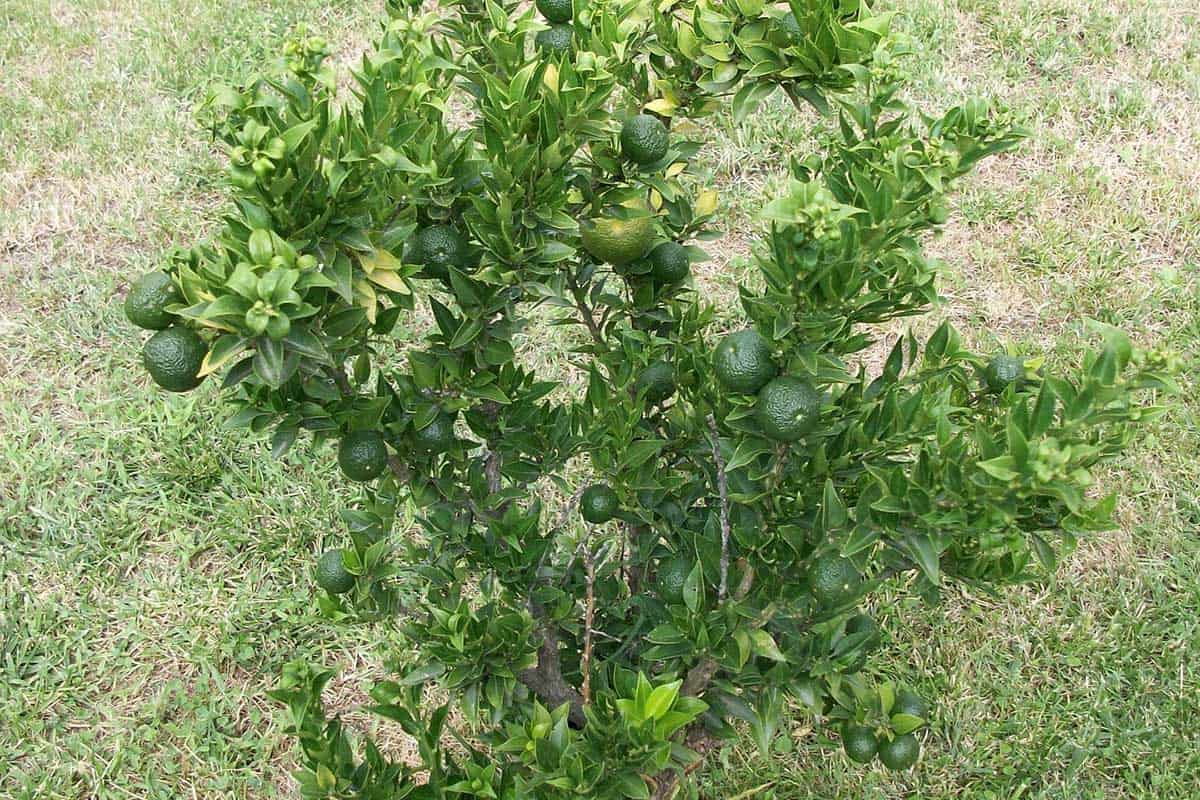
There are various types of lime trees, with some growing taller and wider than others. The average lime tree, for example, can grow up to 8 feet wide at its base. In contrast, dwarf varieties of lime trees only grow a few inches wide.
The height of lime trees can also vary depending on their specific type. Generally, lime trees rarely reach more than 5 meters (16 feet) in height and can become shrubby if not pruned properly.
Climate Requirements
Lime trees thrive in warm, sunny climates and are sensitive to cold temperatures. They require consistent watering to prevent leaf drop due to dryness. Lime trees need well-draining soil to prevent root rot and other diseases.
It is crucial for lime tree growers to pay attention to weather conditions as frost and freezing temperatures can cause severe damage to the trees, impacting their growth and development. Regular pruning, proper fertilization, and pest control measures can further contribute to maintaining the health and growth of lime trees in suitable climates.
Tree Dimensions
Height
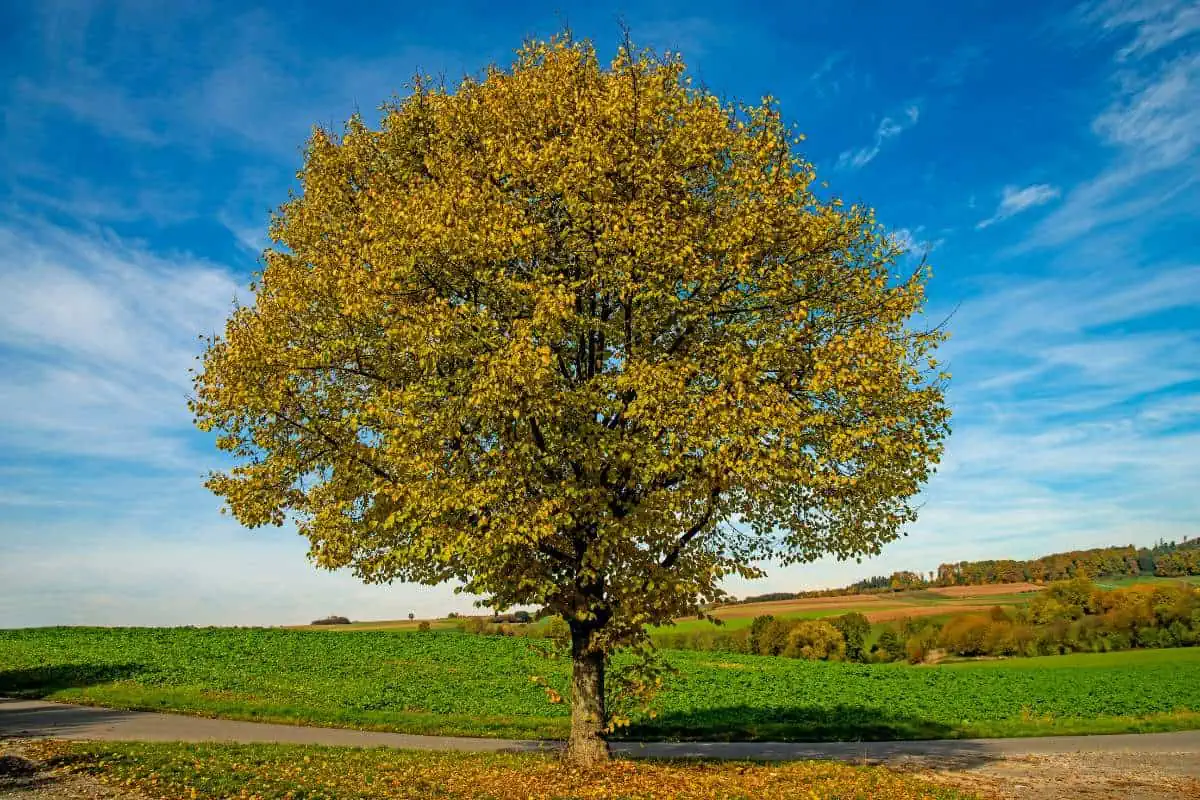
Lime trees rarely reach heights of more than 5 meters (16 feet), with most varieties falling in the range of 6.5 to 13 feet tall. The Mexican or key lime tree, widely cultivated in America, typically grows between 6.5 and 13 feet, while the Tahiti lime tree can reach heights of 15 to 20 feet. Varieties of lime trees differ in size, so it is essential to identify the specific lime tree you are growing or planning to grow.
Width
Lime trees can grow to an average width of 8 feet at their base. This characteristic is particularly important because it influences the tree’s space requirements and planting arrangements. Lime Tree branches tend to extend out in a bush-like, squat shape.
In contrast, dwarf varieties of lime trees will only grow to be a few inches wide. For the optimal growth of lime trees, it is crucial to take both their height and width into consideration when planning and planting. Knowing these dimensions will help ensure that your lime tree has ample space to thrive and produce quality fruit.
Growth Factors
Soil Conditions
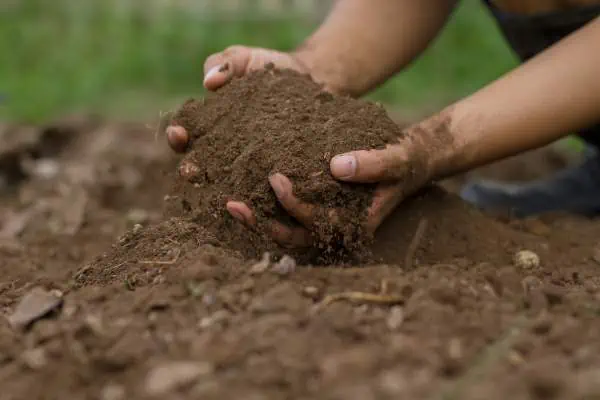
Lime trees prefer well-draining soil with a pH level between 6.0 and 6.5. They usually thrive in sandy or loamy soil types. It is essential to ensure that the soil is not too heavy, as waterlogged conditions can cause root rot and other diseases for the tree.
Incorporating organic matter such as compost or well-rotted manure can help improve soil structure and drainage while adding nutrients to support tree growth.
Watering Needs
Proper watering is crucial for the growth and development of lime trees. They require consistent and regular watering to maintain healthy growth. Lime trees can drop their leaves if left too dry for extended periods.
However, over-watering can lead to root problems and diseases. It is essential to strike a balance by keeping the soil consistently moist but not waterlogged.
Sunlight
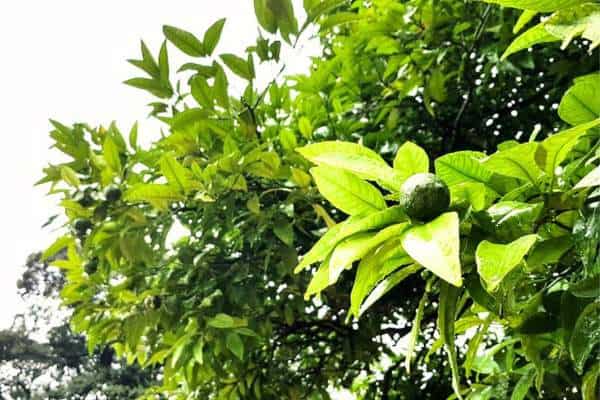
Lime trees need plenty of sunlight to grow and produce fruit. They should receive at least 6 to 8 hours of direct sunlight daily. Adequate sunlight not only promotes healthy growth and fruit production but also helps the tree better resist pests and diseases.
If possible, select a location with full sun exposure for planting a lime tree to ensure optimal growth conditions. In a suitable environment, lime trees can grow up to 16 feet tall with an average width of 8 feet at their base.
However, dwarf varieties will only grow a few inches wide and may reach a height of only 6 to 8 feet. Regular pruning can help control the size and shape of the tree, making it easier to maintain and harvest fruit.
Pruning and Maintenance
Pruning and proper maintenance are essential for the healthy growth and fruit production of lime trees. By removing dead or weak branches, you allow the tree to grow to its optimum height and width while also ensuring that the fruit receives sufficient nutrients, light, and water.
Pruning Techniques
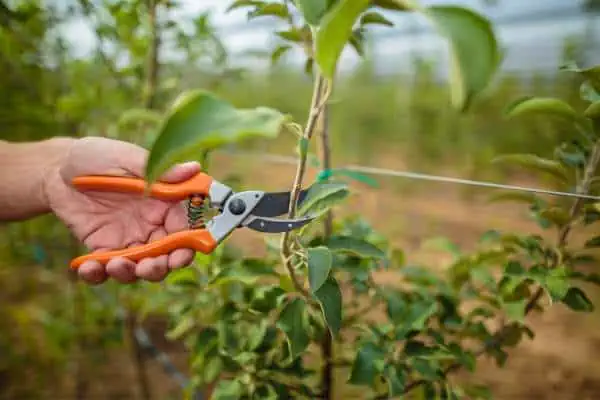
When pruning a lime tree, always use sharp pruning shears or loppers to make clean cuts. Start by trimming away any dead, damaged, weak, or diseased branches down to their base. Also, remove branches that cross or tangle with other branches to improve air circulation and prevent diseases.
Keep the canopy open, as having too many branches can block sunlight and damage the growth and quality of the fruit. For new lime trees, initial pruning helps shape the tree and establish a strong framework for future growth.
Remove branches that grow at narrow angles, as they are likely to break in the future. Regularly prune the tree to maintain its shape and size, ensuring that it doesn’t become too large or unmanageable.
When to Prune
The ideal time for pruning lime trees is during late winter or early spring, as this is when the tree is entering its period of active growth. Pruning is best done once a year or once every two years, depending on the size and conditions of the tree.
In case of frost damage, wait until the tree shows new growth before pruning. Since frost-damaged branches may have live tissue underneath, it is essential to allow the tree to recover before making any cuts. Additionally, make sure to pick off any remaining fruit before you start pruning.
Potential Problems
Pests and Diseases
Lime trees can be affected by various pests and diseases, causing damage to the plant and potentially reducing fruit yield. Some of the most common pests affecting lime trees include leaf miners, scale, citrus mites, and aphids.
- Leaf miners attack new growth, causing distortion in leaf shape and stunted growth.
- Scale insects can form colonies on leaves, branches, and fruits, causing damage to the plant.
- Citrus mites feed on the leaves, leading to a reduction in photosynthesis and overall plant health.
- Aphids can cause leaf curling, yellowing, and distortion, as well as transmitting viruses.
Monitoring your lime tree for signs of pests and diseases, and taking appropriate measures to protect it, will help to ensure its health and productivity.
Lime Trees in Pots
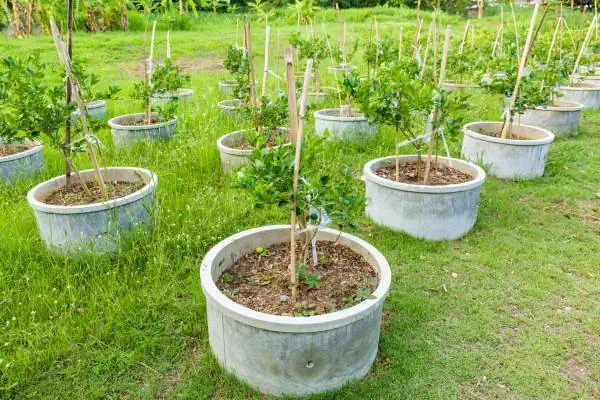
When growing lime trees in pots, it is important to be mindful of potential problems related to space and watering. Since the average lime tree may grow up to 8 feet wide, it is crucial to select a container large enough to accommodate the tree’s growth.
Additionally, proper drainage is essential to prevent root rot and overwatering. Be mindful of your lime tree’s water needs and provide consistent but not excessive moisture.
Environmental Issues
Lime trees are sensitive to environmental factors, such as temperature, humidity, and light. They may shed leaves or experience reduced fruit production in response to unfavorable conditions.
To minimize environmental problems:
- Protect lime trees from extreme temperatures, both hot and cold. They prefer a moderate climate with temperatures ranging from 55-85°F.
- Ensure your lime tree receives adequate sunlight for optimal growth and fruit production. A minimum of 6 to 8 hours of direct sunlight per day is recommended.
- Monitor humidity levels, as lime trees thrive in moderate to high humidity environments. Consider using a humidity tray or misting the tree occasionally if indoor conditions are too dry.
By addressing these potential problems, you can help ensure that your lime tree remains healthy, productive, and attractive.
